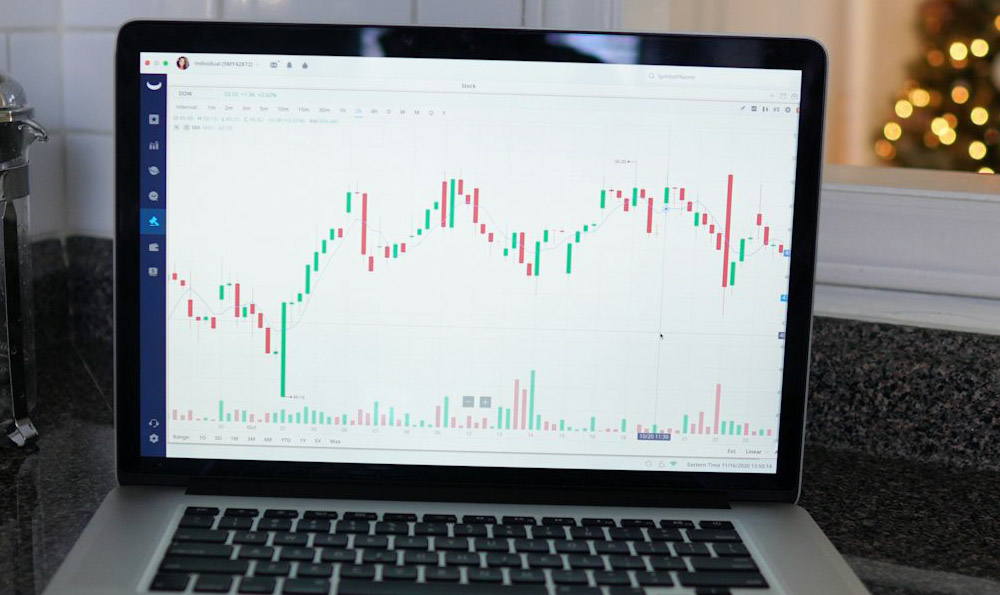The life of a singer, often romanticized in popular culture, is a multifaceted reality far removed from the instantaneous fame and fortune often depicted. While a few singers achieve global superstardom, the vast majority navigate a complex and often unpredictable landscape of diverse income streams, entrepreneurial endeavors, and constant adaptation to the ever-evolving music industry. Understanding how singers earn a living requires delving into the various avenues they exploit, the challenges they face, and the innovative strategies they employ to sustain their careers.
The most immediate and commonly perceived source of income for a singer is, of course, music sales. However, in the age of streaming, relying solely on album or single sales is rarely a viable strategy, especially for emerging artists. While established artists with a large catalog and devoted fanbase can still generate significant revenue from sales, the compensation per stream is minuscule. Platforms like Spotify, Apple Music, and Amazon Music pay artists a fraction of a cent per stream, necessitating millions of plays to generate substantial income. Furthermore, the revenue split between the artist, record label (if applicable), publishers, and other stakeholders further reduces the amount that reaches the singer’s pocket.
Live performances represent a crucial revenue stream for singers of all levels. Concerts, festivals, private events, and corporate gigs can provide a significant source of income, particularly for artists who have built a dedicated following. The earning potential from live performances varies greatly depending on factors such as the artist’s popularity, the size of the venue, the ticket prices, and the geographical location. Larger venues and sold-out shows translate to higher ticket sales and ultimately, greater revenue for the artist. However, it's essential to consider the substantial expenses associated with touring, including travel, accommodation, crew salaries, equipment rental, and marketing. These costs can significantly impact the net profit from live performances, requiring careful budgeting and strategic planning.

Another significant source of revenue, often overlooked, is publishing royalties. These royalties are generated whenever a song is played publicly, whether on the radio, television, in a film, or at a live venue. There are two main types of publishing royalties: performance royalties and mechanical royalties. Performance royalties are paid to songwriters and publishers when a song is performed publicly, while mechanical royalties are paid when a song is reproduced, such as when it is streamed, downloaded, or pressed onto a physical record. Singers who also write their own songs can benefit significantly from publishing royalties, as they receive a share of both the writer’s and publisher's royalties. Even singers who primarily perform songs written by others can negotiate a portion of the publishing royalties, especially if they have significantly contributed to the arrangement or interpretation of the song.
Beyond these core revenue streams, singers often explore various other avenues to supplement their income and diversify their careers. Merchandise sales, including t-shirts, posters, and other branded products, can provide a valuable source of revenue, particularly at live performances. Fan engagement is key here, as dedicated fans are often willing to purchase merchandise to support their favorite artist and show their affiliation. Endorsements and sponsorships are another potential source of income, with singers partnering with brands to promote products or services. These partnerships can range from local businesses to major corporations, and the earning potential varies greatly depending on the singer's popularity and the scope of the endorsement deal. The singer's brand alignment with the product is an important factor to consider to maintain authenticity and audience trust.
Teaching music lessons, whether privately or at a music school, can provide a stable and reliable source of income, particularly for singers who are looking for a more predictable schedule. This also allows them to share their knowledge and passion for music with aspiring singers. Session work, where singers are hired to perform on recordings for other artists or for commercial projects, can also provide valuable income and exposure. This work often requires versatility and adaptability, as singers may be asked to perform in a variety of genres and styles.
Furthermore, the rise of social media and online platforms has created new opportunities for singers to connect with fans and generate revenue. Platforms like Patreon and Kickstarter allow singers to directly solicit support from their fans, offering exclusive content, behind-the-scenes access, and other perks in exchange for monthly subscriptions or one-time donations. YouTube provides a platform for singers to share their music, connect with fans, and generate revenue through advertising and channel memberships. Instagram, TikTok, and other social media platforms allow singers to promote their music, engage with fans, and build their brand.
In conclusion, the life of a singer is rarely a straightforward path to financial success. It requires a combination of talent, hard work, entrepreneurial spirit, and adaptability. Singers must be proactive in exploring various revenue streams, building a strong brand, and connecting with their fans. While streaming has revolutionized the music industry, it has also created new challenges for artists. To thrive in this environment, singers must be creative, resourceful, and willing to embrace new technologies and platforms. Success hinges on understanding the intricacies of the music industry, developing a robust financial strategy, and constantly adapting to the ever-changing landscape. The modern singer is not just a performer, but an entrepreneur, a marketer, and a savvy businessperson navigating a complex and competitive world.












